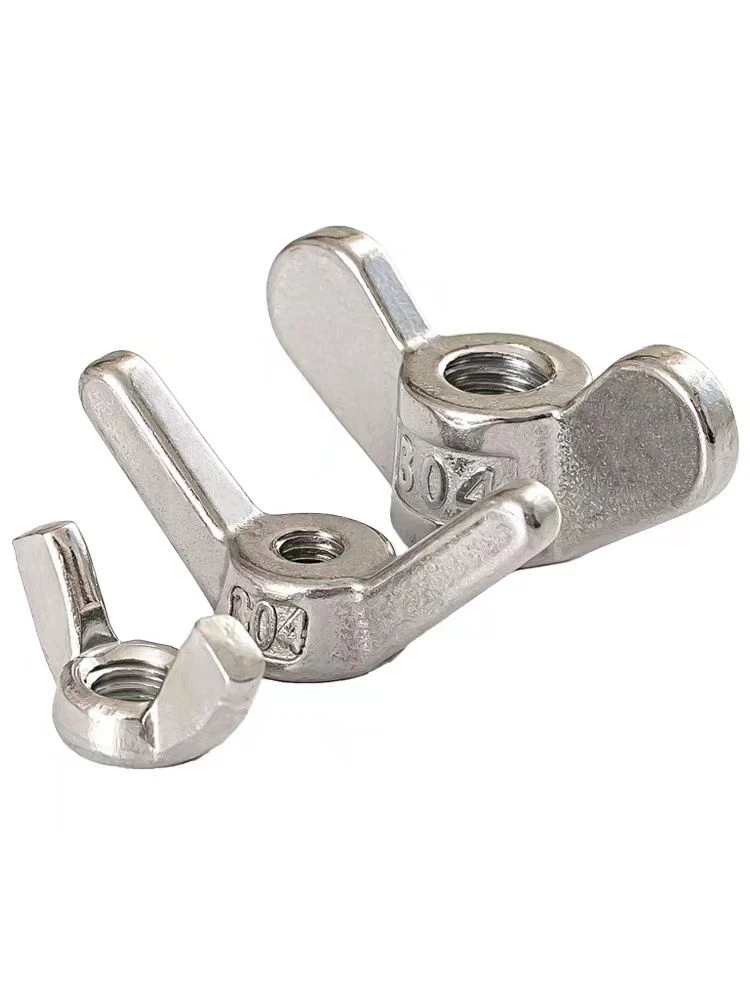

Understanding the Basics of Stud Bolt Flange Connections and Their Applications
Nov . 06, 2024 10:47 Back to list
Understanding the Basics of Stud Bolt Flange Connections and Their Applications
The Significance of Stud Bolt Flanges in Modern Engineering
In the realm of engineering and construction, the importance of durable and reliable connections cannot be overstated. Among the various components used to secure and connect structures, stud bolt flanges serve a critical role. These flanges, often found in pipelines, pressure vessels, and machinery, are essential for ensuring the integrity and safety of various systems.
Understanding Stud Bolt Flanges
A stud bolt flange consists of a flange plate and a series of stud bolts that are used to connect two or more components securely. Typically made of high-strength materials like carbon steel or stainless steel, stud bolt flanges are designed to withstand high pressures and temperatures, making them suitable for a wide range of industrial applications. The flanges are usually fitted with gaskets to provide a seal, preventing leaks and ensuring that the connection remains tight under various operational conditions.
Applications in Industry
Stud bolt flanges are predominant in industries such as oil and gas, chemical processing, water treatment, and power generation. In these sectors, equipment often operates in extreme conditions, where the reliability of every component is crucial. For instance, in oil refineries, the use of stud bolt flanges ensures that pipelines transporting crude oil or gases can handle high pressures and prevent leakage, which could result in catastrophic failures or environmental disasters.
Moreover, stud bolt flanges are utilized in construction projects involving heavy machinery, where the structural integrity of the framework depends on secure connections. They play a vital role in wind turbines, industrial boilers, and even in some aerospace applications, proving their versatility across different fields.
Advantages of Stud Bolt Flanges
stud bolt flange

One of the main advantages of stud bolt flanges is their ability to handle large forces and moments due to the way they are designed. Unlike standard bolts, which may loosen over time, stud bolts provide enhanced grip and resistance to fatigue. This is particularly important in environments subject to vibration or thermal expansion and contraction.
Additionally, the installation and maintenance of stud bolt flanges are relatively straightforward. With proper tools and guidelines, maintenance crews can efficiently replace or realign components without needing extensive downtime. This ease of use contributes to the overall efficiency of operations, enabling companies to maintain productivity even during repair or replacement processes.
Challenges and Considerations
While stud bolt flanges offer numerous benefits, there are challenges associated with their use. Corrosion is a significant concern, especially in environments where exposure to harsh chemicals or salty air is prevalent. To mitigate this, industries often opt for protective coatings or choose corrosion-resistant materials during the manufacturing process.
Moreover, proper torque specifications during installation are critical to ensure that the flanges function correctly. Insufficient or excessive torque can lead to failures, leaks, or damage to the components involved. Therefore, continuous training and attention to detail during installation and maintenance are vital for the durability and effectiveness of stud bolt flanges.
Conclusion
In summary, stud bolt flanges are indispensable components in modern engineering and construction. Their robust design, ability to withstand extreme conditions, and ease of maintenance make them a preferred choice across various industries. As technology advances and industries evolve, the role of stud bolt flanges will continue to be critical in ensuring the safety, reliability, and efficiency of complex systems. Understanding their functionality and importance not only aids in better design practices but also enhances overall operational effectiveness, paving the way for safer and more resilient infrastructures.
Latest news
-
Similarities and Differences Between Plain Washer and Spring Washer - Fastener Comparison Guide
NewsJun.10,2025
-
Effortless Installation Self-Drilling Window Screws - Fast, Secure, and Durable Fasteners
NewsJun.10,2025
-
Self Drilling Stucco Screws for Fast, Secure Installation Self Tapping & Self-Tapping Fasteners
NewsJun.10,2025
-
Premium Hot Dipped Galvanized Self Tapping Screws - Durable Corrosion Resistance
NewsJun.09,2025
-
Discover M12 Weld Stud Benefits & Applications Guide
NewsJun.09,2025
-
M25 Stainless Steel Washers High-Durability Fasteners for Corrosion Resistance
NewsJun.09,2025

